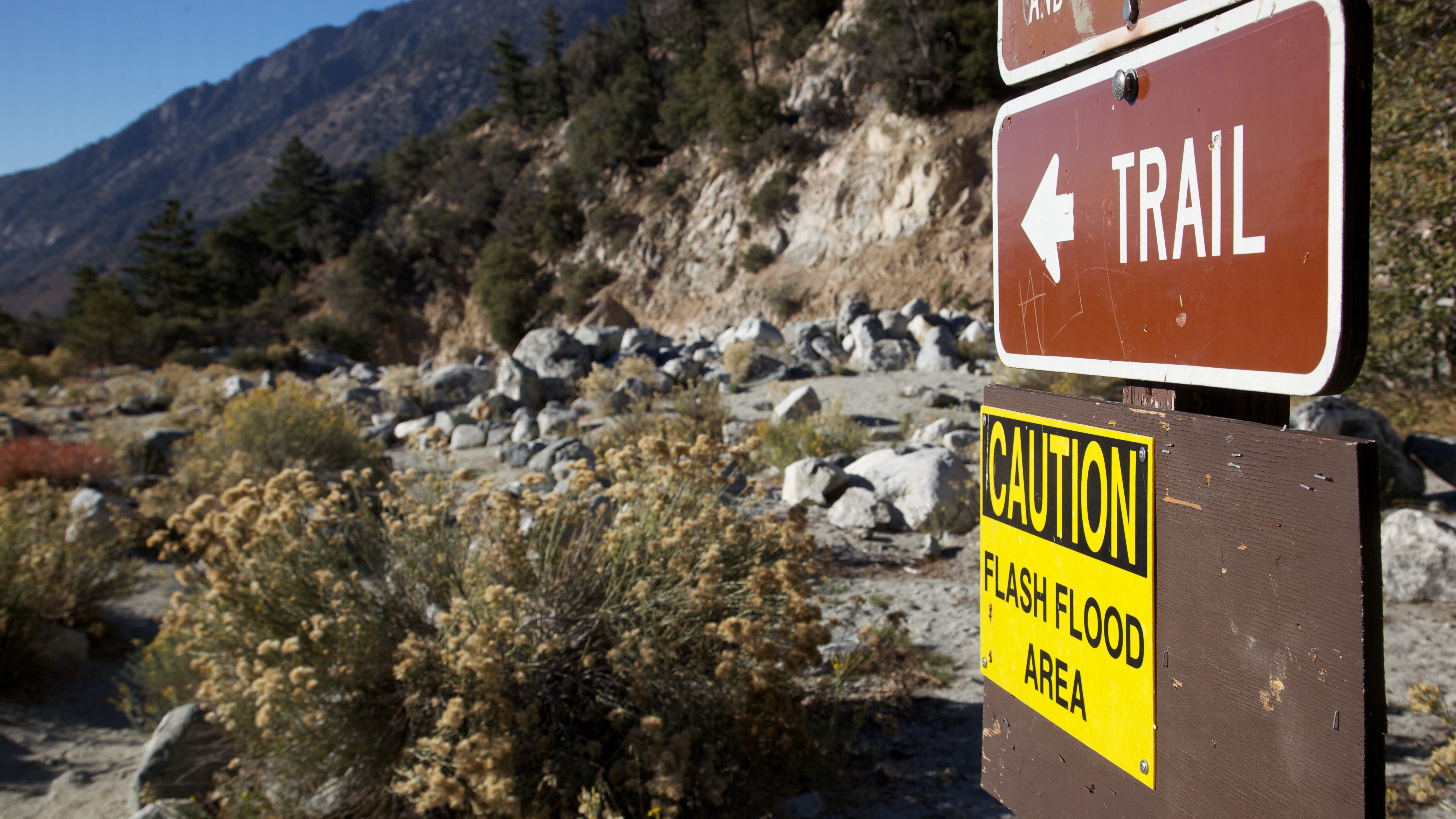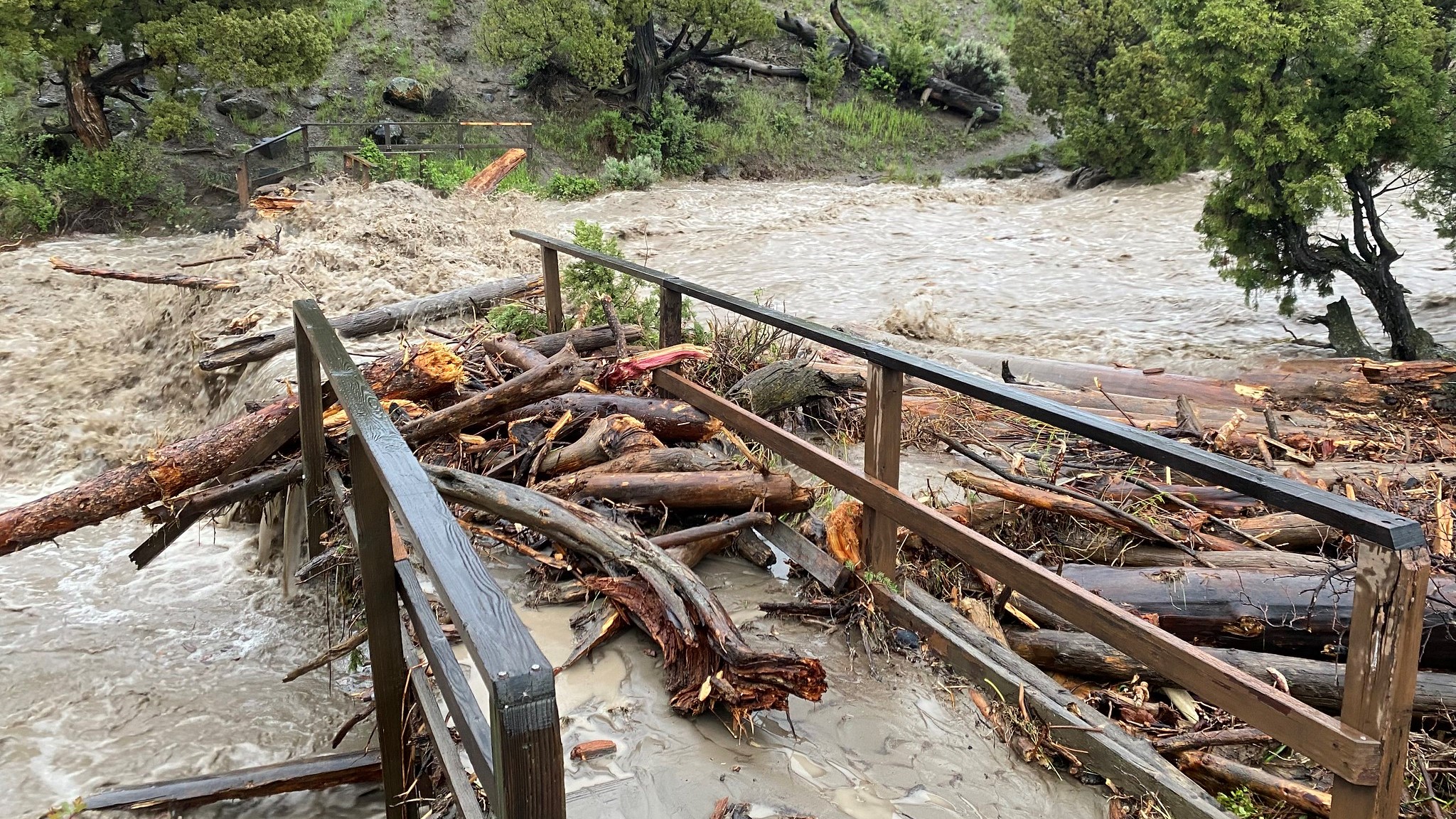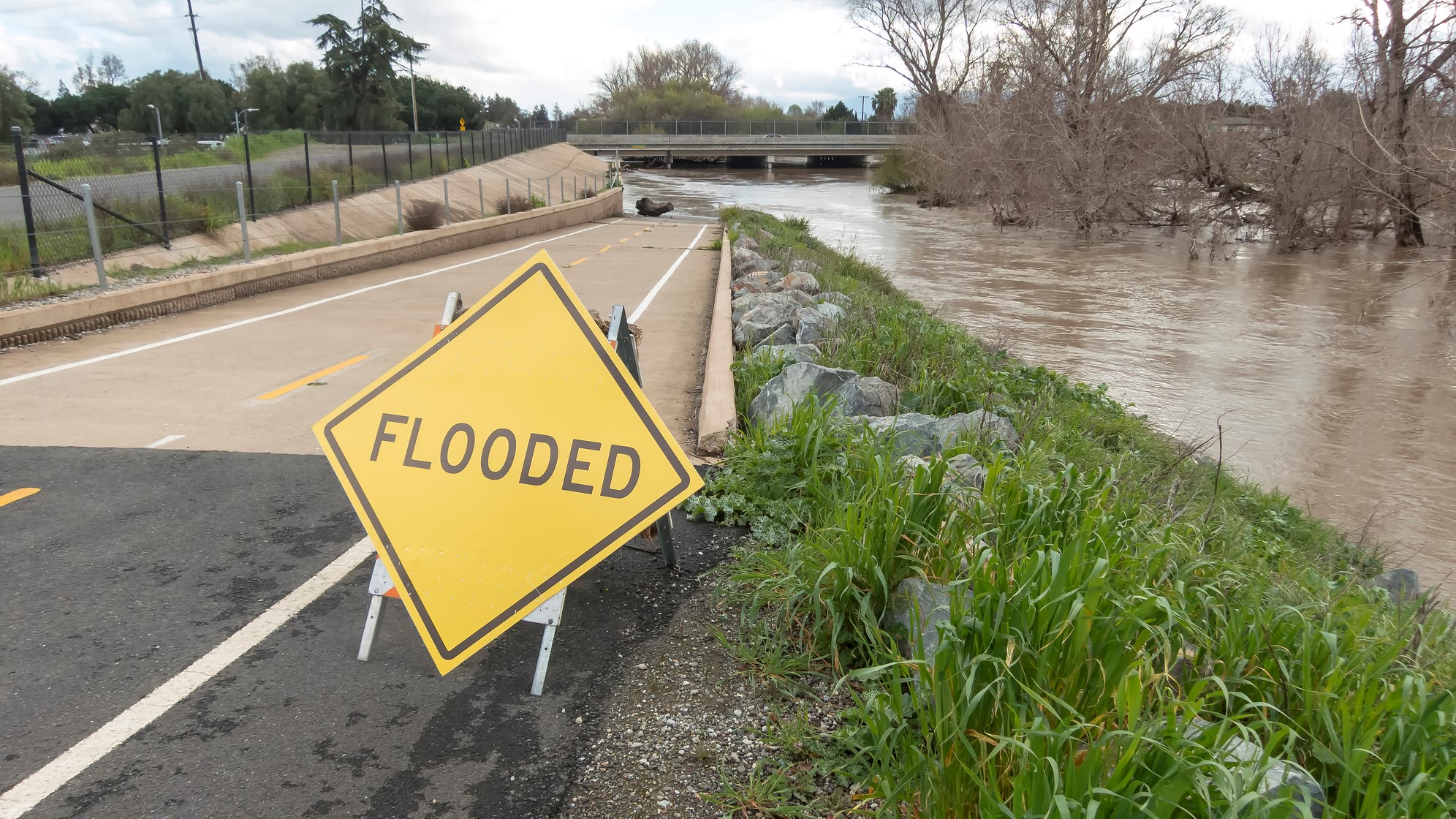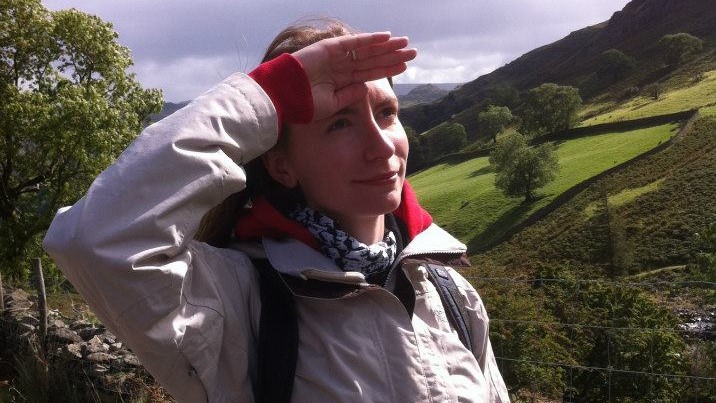
Flooding can be a serious danger when you're camping, particularly around this time of year. Snowmelt and heavy rains (or a combination of the two, depending where you are) can lead to the type of conditions that devastated Yellowstone National Park just a few weeks ago. Bridges were destroyed, roads washed away, and waste water systems overwhelmed as huge sections of park were submerged in fast-flowing water.
You can't always predict when or where floods will strike, but you can greatly reduce your chances of running into trouble by taking precautions. Bear in mind that Flash floods tend to happen at night, so you may not be aware of a problem until it's too late.
These tips don't just apply near mountains either. You might not be as unlucky as the campers who were stranded at Yellowstone if a small river bursts its banks, but soaked sleeping bags and backpacks will ruin your trip too.

Choose your pitch wisely
When choosing where to pitch your tent, pay close attention to your surroundings. It probably goes without saying that setting up camp on a beach or riverbank isn't the greatest idea, but it's also sensible to avoid low-lying land, and instead look for a pitch that's slightly raised on all four sides.
Don't pitch up too close to the bottom of a hill, either. The shade and shelter might be nice in good weather, but if things get rainy the water will come running down right onto your tent.
Take a good look at the ground itself, too. Hard, bare land isn't just a nightmare that can ruin your best tent pegs, it can quickly become flooded as there's nothing the absorb or slow the water. Grass and gravel are better.
Pay attention to local warnings
Before you head out, take a good look at the weather forecast and look for any local warnings about flood risks. If you're not sure where to find local alerts, the closest tourist board will be able to help. If you're going frontcountry camping, also pay attention to any warnings signs posted at the site itself.
Advnture Newsletter
All the latest inspiration, tips and guides to help you plan your next Advnture!
American Land and Leisure advises looking for temporary signs and barriers, and watching out for Weather Emergency Alerts on your phone. These will tell you the nature of any dangerous weather, and which measures you should take to keep yourself safe.
Meteorologists can't be 100% accurate though, so listen for trouble while you're at camp, even if no storms are forecast. If you hear thunder, or running water where you weren't expecting it, it's time to move everyone somewhere safer.

Know how to escape
Make sure you know the best way to leave the campsite in the event of a flood. This is particularly important in the backcountry, where there might not be a single established route. Your escape route should be over solid ground, and get you away from bodies of water onto higher ground as quickly as possible.
Make sure you take a phone, and consider investing in a device like the Garmin InReach Mini 2, which you can use to send emergency messages even when there't no cell phone reception.
Stay away from floodwater
If you come across floodwater remember that the water can move quickly, so stay well away and make sure children and pets are kept clear too. Just a few inches of fast-flowing water are enough to knock an adult off their feet. The ground around floodwater can also be saturated and unstable.
Also avoid driving in floodwater; you have no way of knowing how deep it is, or when obstacles may be hidden below the surface. Instead of trying to pass through, turn around and find a different route (preferably over higher ground). Even RVs can get stuck, so it's not worth the risk.

Cat is the editor of Advnture, She’s been a journalist for 15 years, and was fitness and wellbeing editor on TechRadar before joining the Advnture team in 2022. She’s a UK Athletics qualified run leader, and in her spare time enjoys nothing more than lacing up her shoes and hitting the roads and trails (the muddier, the better), usually wearing at least two sports watches.
